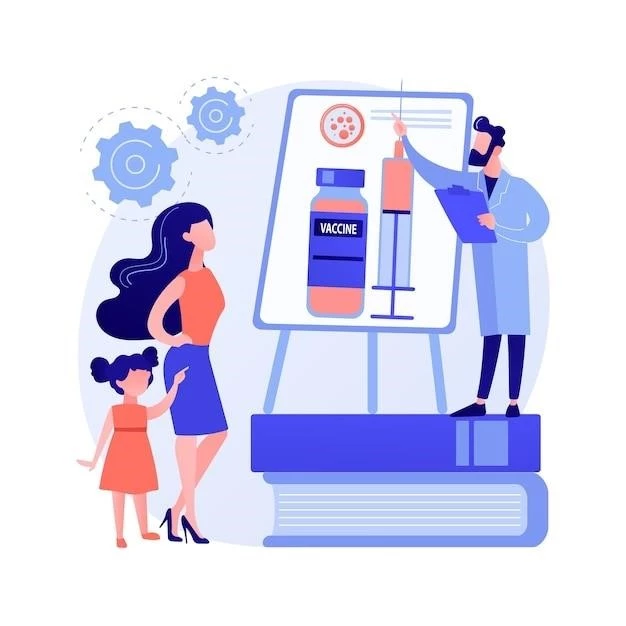Congenital Absence of Tibia and Polydactyly in Humans
Topics to be covered in this article include an overview of Congenital Absence of Tibia‚ Polydactyly in Humans‚ Treatment Options for Tibia Absence‚ Genetic Factors in Limb Development‚ Surgical Interventions for Polydactyly‚ Rehabilitation and Prosthetic Solutions for Tibia Absence‚ and Research Advances in Limb Anomalies.

I. Overview of Tibia Absence and Polydactyly
Congenital absence of the tibia is a rare condition where the tibia bone in the lower leg is missing at birth. This anomaly can lead to significant functional impairments. Polydactyly‚ on the other hand‚ is the presence of extra fingers or toes. Both conditions are congenital anomalies that affect limb development in humans;
While tibia absence affects the structural integrity and stability of the leg‚ polydactyly can result in abnormal hand or foot configurations. These anomalies can have varying degrees of severity and may require different treatment approaches. Understanding the characteristics and implications of tibia absence and polydactyly is crucial for providing appropriate care and interventions for affected individuals.
II. Treatment Options for Tibia Absence
The treatment for congenital absence of the tibia depends on the severity of the condition and the individual’s specific needs. Surgical interventions such as limb lengthening procedures‚ bone grafting‚ and the use of external fixation devices can help improve limb function and alignment.
Additionally‚ prosthetic solutions play a crucial role in enhancing mobility and quality of life for individuals with tibia absence. Customized prostheses designed to support body weight and facilitate movement are tailored to the unique requirements of each patient.
Physical therapy and rehabilitation programs are essential components of treatment‚ aiming to improve strength‚ flexibility‚ and coordination in the affected limb. These interventions help optimize functional outcomes and promote independent mobility.
Collaboration between orthopedic surgeons‚ prosthetists‚ physical therapists‚ and other healthcare professionals is key in developing comprehensive treatment plans that address the physical‚ functional‚ and psychosocial aspects of managing tibia absence in individuals of all ages.
III. Genetic Factors in Limb Development
Genetic factors play a critical role in limb development and are associated with congenital anomalies such as the absence of the tibia and polydactyly. Mutations in specific genes can disrupt the normal processes of limb patterning and growth during embryonic development.
Studies have identified various genetic pathways and signaling molecules that are essential for limb formation. Alterations in these genetic pathways can lead to structural abnormalities in the limbs‚ including tibia absence and polydactyly. Understanding the underlying genetic mechanisms is crucial for elucidating the etiology of these conditions.
Advances in genetic research have provided insights into the complex interactions between genes‚ signaling pathways‚ and environmental factors that influence limb development. By uncovering the genetic basis of limb anomalies‚ researchers aim to improve diagnostics‚ counseling‚ and potential therapeutic interventions for individuals affected by these conditions.
Further exploration of the genetic determinants of limb development may pave the way for personalized medicine approaches in the diagnosis and management of congenital limb anomalies‚ offering new avenues for precision healthcare and tailored treatment strategies.
IV. Surgical Interventions for Polydactyly
Surgical interventions for polydactyly‚ the condition characterized by the presence of extra fingers or toes‚ aim to address the additional digits and restore optimal hand or foot function and appearance. The specific surgical approach depends on the location‚ number‚ and complexity of the extra digits.
During surgery‚ the surgeon carefully evaluates the anatomical structures and determines the best technique to remove the supernumerary digit while preserving nerves‚ blood vessels‚ and function in the affected limb. The procedure may involve bone‚ soft tissue‚ and nail reconstruction to achieve a balanced and functional outcome.
Postoperative care is essential for monitoring healing‚ managing pain‚ preventing infection‚ and promoting early mobilization. Physical therapy and rehabilitation may be recommended to improve strength‚ dexterity‚ and coordination in the hand or foot following surgery.
Advancements in surgical techniques‚ including microsurgery and minimally invasive procedures‚ have enhanced the precision and outcomes of polydactyly correction. Collaboration between surgical teams‚ genetic counselors‚ and rehabilitation specialists plays a significant role in providing comprehensive care for individuals with polydactyly‚ ensuring optimal results and long-term functional success.
V. Rehabilitation and Prosthetic Solutions
Rehabilitation programs for individuals with congenital absence of the tibia focus on enhancing mobility‚ strength‚ and functional independence. Physical therapy interventions aim to improve gait‚ balance‚ and muscle development‚ addressing the unique challenges associated with limb length differences.
Prosthetic solutions play a crucial role in restoring mobility and quality of life for individuals with tibia absence. Customized prostheses designed to support body weight and facilitate movement are tailored to the individual’s specific needs‚ considering factors such as age‚ activity level‚ and functional goals.
Occupational therapy may also be incorporated into the rehabilitation process to enhance activities of daily living and optimize hand function in individuals with polydactyly or other hand anomalies. Adaptive devices and techniques can help improve dexterity and independence in performing daily tasks.
Collaboration among rehabilitation specialists‚ prosthetists‚ orthopedic surgeons‚ and psychologists is essential in providing holistic care for individuals with limb anomalies. By addressing physical‚ functional‚ and psychosocial aspects of rehabilitation‚ the interdisciplinary team aims to improve outcomes and promote the overall well-being of patients.
VI. Research Advances in Limb Anomalies
Recent research in the field of limb anomalies has focused on advancing our understanding of the genetic‚ developmental‚ and environmental factors contributing to conditions such as congenital absence of the tibia and polydactyly in humans. Cutting-edge studies utilizing genomic technologies‚ bioinformatics‚ and mouse models have provided valuable insights into the molecular mechanisms underlying limb development.
Researchers are exploring novel approaches to genetic counseling‚ prenatal diagnosis‚ and early intervention strategies for limb anomalies‚ aiming to improve diagnostic accuracy and prognostic capabilities. The integration of multidisciplinary expertise‚ including genetics‚ orthopedics‚ and developmental biology‚ is driving innovative research collaborations and translational applications in clinical practice.
Furthermore‚ advancements in regenerative medicine‚ tissue engineering‚ and 3D printing technologies hold promise for developing custom solutions for individuals with limb differences. Bioengineering approaches are being harnessed to create personalized implants‚ prostheses‚ and tissue constructs that mimic natural limb structures and functions.
By harnessing the power of interdisciplinary research and technological innovations‚ the field of limb anomalies continues to evolve‚ offering new avenues for understanding‚ treating‚ and ultimately preventing these complex congenital conditions. Collaborative efforts among scientists‚ clinicians‚ and industry partners are pivotal in driving progress towards improved outcomes and quality of life for individuals affected by limb anomalies.
